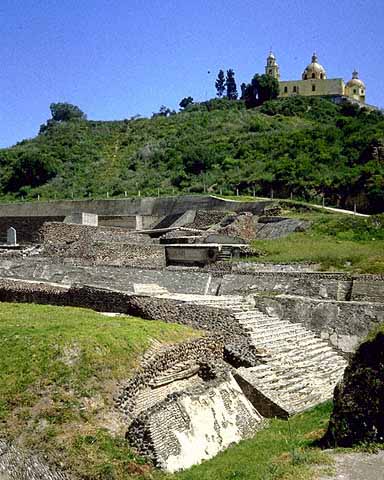In 1095 Pope Urban II spoke at the Council of Clermont to a large group of clergy, nobles, and commoners. Dr. E.L. Skip Knox gives a summary of the pope's speech, which has been recorded differently in various sources.
"The noble race of Franks must come to the aid their fellow Christians in the East. The infidel Turks are advancing into the heart of Eastern Christendom; Christians are being oppressed and attacked; churches and holy places are being defiled. Jerusalem is groaning under the Saracen yoke. The Holy Sepulchre is in Muslim hands and has been turned into a mosque. Pilgrims are harassed and even prevented from access to the Holy Land.
The West must march to the defense of the East. All should go, rich and poor alike. The Franks must stop their internal wars and squabbles. Let them go instead against the infidel and fight a righteous war.
God himself will lead them, for they will be doing His work. There will be absolution and remission of sins for all who die in the service of Christ. Here they are poor and miserable sinners; there they will be rich and happy. Let none hesitate; they must march next summer. God wills it!" Pope Urban II

Christianity by this time had spread all across Europe and the Catholic church headed by the Pope had a great deal of power. The Crusading army grew to around 10,000 men and they gathered in Constantinople to prepare for their journey to the Holy Land.
First the army captured Nicea and after a seven month siege captured Antioch. The First Crusade came to an end with the capture of Jerusalem in 1099. It was not easy for the Crusaders. They had to travel by land and pillage/scavenge for food and supplies. After the success the conquered territory was divided up into four Latin kingdoms charged with protecting all Christians and defending them from the Muslims.
Christianity was very popular in Europe and the power of the church can be seen by the popularity of the crusades.
more information can be found at
http://gbgm-umc.org/umw/bible/crusades.stm
http://crusades.boisestate.edu/1st/
http://www.historylearningsite.co.uk/cru2.htm













